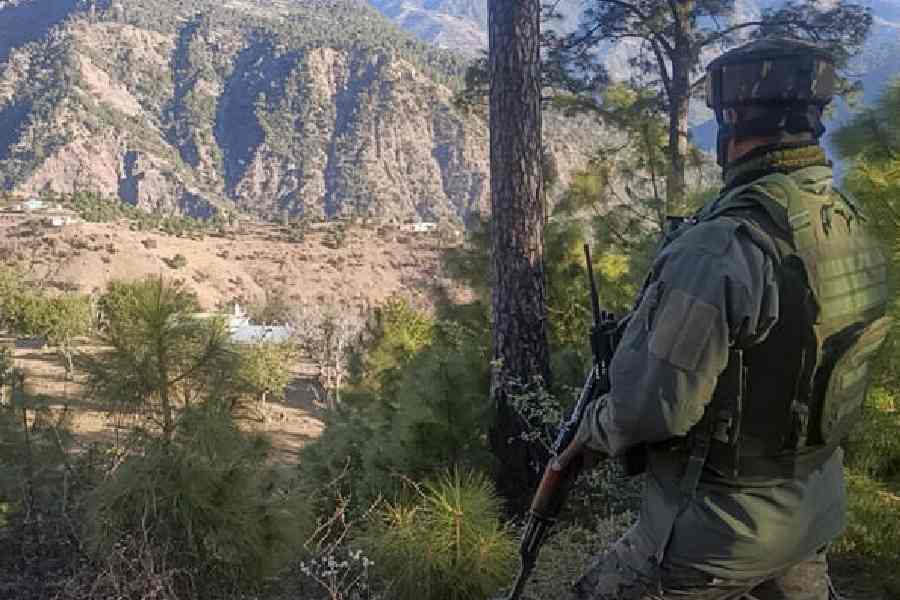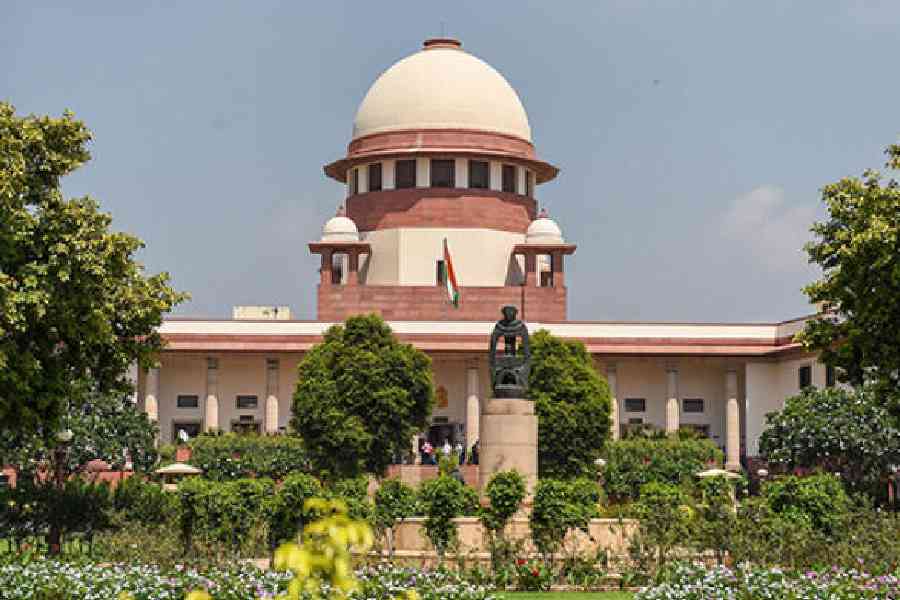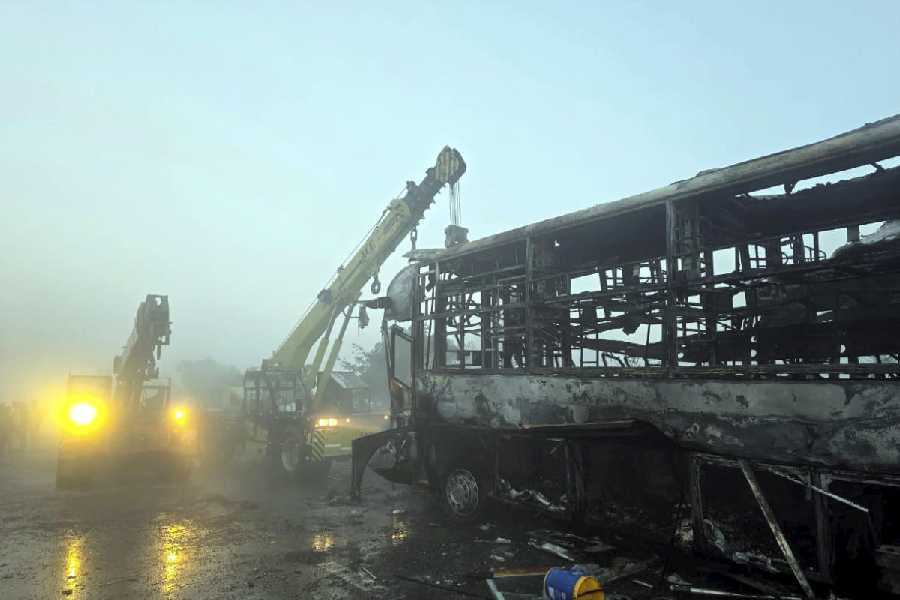When my Aunt Gert had a heart attack in her mid-70s, the examining doctor told her it was not her first. Tests done to assess the damage to her heart revealed a section of dead muscle from a previous unrecognised heart attack. Sometime in the past, she had had what doctors call a “silent myocardial infarction”, or SMI, silent in that any symptoms she might have had at the time did not register as related to her heart and were not brought to medical attention.
My aunt was lucky. She survived her second attack and lived two decades more. There are millions of people in this country who, like my aunt, are oblivious to the fact that they have had an SMI and face an increased risk of having another, more obvious one that could cause severe heart damage and possibly death.
A recognised heart attack is a warning to adopt medical and lifestyle measures that can minimise cardiac risk, such as normalising blood pressure and cholesterol levels, quitting smoking, losing weight, getting regular exercise and controlling Type 2 diabetes. If diet and exercise are not sufficiently protective, there are medications that can help.
Even without medication, if everyone at increased coronary risk adhered to a heart-healthy lifestyle, “the incidence of heart disease would be reduced by 80 per cent,” says Dr Rekha Mankad, cardiologist and director of the Women’s Heart Center at the Mayo Clinic in Minnesota, US.
Recent studies conducted in Iceland and Finland, which maintain excellent medical records on all citizens, have helped to determine how often SMIs occur and the long-term consequences associated with them. The findings, published in JAMA Cardiology, highlight the critical importance of not waiting until your heart sends a message that its life-sustaining ability has been compromised; instead, acknowledge the presence of coronary risk factors and take preventive measures before it’s too late.
The very thorough study conducted in Iceland followed 935 men and women initially aged 67 to 93 for more than 13 years. When they enrolled in the study, each underwent a non-invasive test called cardiac magnetic resonance imaging that can most reliably show whether a silent heart attack had already occurred. Initially, 17 per cent were found to have had an SMI and 10 per cent had had a recognised attack.
After the first three years of follow-up, there was no difference in death rates between those who had an SMI and those who did not. But as time went on, those with an SMI fared increasingly worse. By 10 years after their enrolment, half the participants with silent heart attacks had died, a death rate no different from that of men and women who entered the study with a history of a recognised heart attack.
While death was the most serious result after an SMI, there was also an elevated risk of developing congestive heart failure, which leaves people increasingly short of breath and excessively fatigued. Half of those who develop congestive heart failure die within five years of diagnosis, a death rate similar to some cancers.
The second recent study, published in JAMA Cardiology, involved autopsy findings of 5,869 men and women, average age 65, who had died suddenly in Finland. Evidence of an SMI was apparent in 1,322 individuals who had no prior history of coronary artery disease. Furthermore, those who succumbed to sudden cardiac death during physical activity were frequently found to have enlarged hearts, a sign of abnormal strain when hearts struggle to meet the body’s needs for oxygen and nutrients.
An enlarged heart by itself is a risk factor for sudden cardiac death, the authors noted, but when combined with heart muscle scars from a prior SMI, the prognosis is worse.
“Individuals with SMI were unaware of their disease and presumably did not limit their physical exertion when unrecognised symptoms occurred,” the authors from the University of Oulu in Finland and University of Miami Miller School of Medicine, US, wrote. They suggested that a scarred heart can trigger abnormal heart rhythms and result in sudden death during exercise.
“A silent heart attack is not always so silent, but its symptoms — mild chest discomfort, heartburn, nausea, shortness of breath — happen to lots of people and are typically attributed to other causes and not brought to medical attention,” says Dr Robert O. Bonow, a cardiologist at Northwestern University Feinberg School of Medicine, US. Women, whose symptoms are often vague, are especially unlikely to realise they are having a heart attack.
Screening large groups of people for evidence of an SMI is not feasible. Although an electrocardiogram, often done before surgery and sometimes by one’s personal physician, can show heart scarring in some, “it is not as sensitive as a cardiac MRI that was used in the Iceland study,” Bonow said.
“It’s important for doctors to recognise people at risk and prescribe appropriate treatments,” Bonow said. “Although it’s human nature to ignore things until you have an event, adherence to preventive treatment can be lifesaving.” For people at high risk or suspected of having had an SMI, doctors recommend an echocardiogram or nuclear stress test.










